INTERNATIONAL BEE DAY
In Vietnam there are 59 bee species in 21 genera belonging to 5 families.
Having a biodiverse pollinator mosaic is critical for overall biodiversity as different pollinators forage at different times of day, have different migration patterns, and live at different elevations. The relationship between pollinators and plant diversity is a two-way street and it is critical for ecosystem integrity that ecosystem diversity and pollinator diversity go hand-in-hand.
For example, the asian giant honey bee (apis dorsata) for example is nocturnal and forages at dusk allowing fruits such as dragon fruit to be pollinated.
At Sông Cái Distillery we are proud to be sourcing and partnering with different beekeepers and keepers of different pollinators in Vietnam.
Specifically we want to highlight the work that our Hmong partners in Yen Bai province are doing in raising ong ruồi or the black dwarf asian bee - apis andreniformis. This bee species is one of the smallest bees in the world. The Vietnamese name literally means fly bee due to their small size and is increasingly becoming rare in occurrence.
The black dwarf asian bee lives in the lowlands below 1.000m during the dry season and migrates to higher elevation during the rainy seasons.
Of surveyed asian bee species, the black dwarf asian bee is typically more active later in the day - mostly foraging during noon and afternoon (midday) while many bumble bee species are active during the mornings. The black dwarf asian bee along with other wild bee and pollinator species are particularly important in pollination of a diverse canopy of forest trees unlike commercial bumble bee species.
We proudly use black dwarf asian bee - apis andreniformis honey to lightly sweeten our May Amaro Bitters and use the beeswax by-product to seal each bottle and proceeds help to continue efforts to preserve and develop dwarf black asian bee populace in Vietnam.






